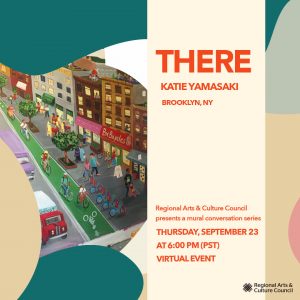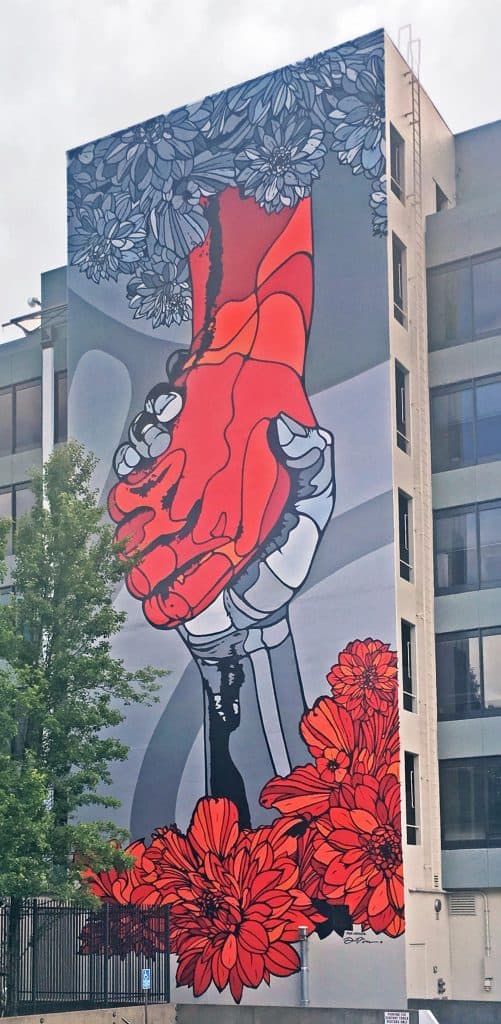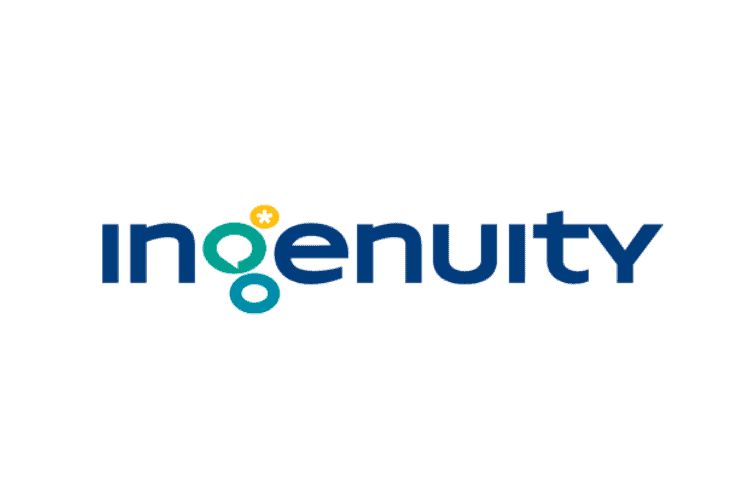FOR IMMEDIATE RELEASE: Aug. 19, 2021

Photo Credits: Mark Graves, Dave Killen of The Oregonian
A conversation with PSU Professor and York historian Darrell Millner, the unidentified York artist, and Kristin Calhoun, Director of Public Art, Regional Arts & Culture Council
Portland, Ore. – The Regional Arts & Culture Council today released a pre-recorded conversation with the unidentified artist who created York and PSU Professor of History and Black Studies, Darrell Millner. York, a piece of artwork depicting an enslaved man and significant member of Lewis and Clark’s “Corps of Discovery,” was mysteriously installed at Mt. Tabor Park in February. RACC’s Public Art Director, Kristin Calhoun, moderates the conversation. In the 50 minute podcast they discuss and answer many of the questions posed by the public. They also thoughtfully consider the benefits and risks of a “permanent” York sculpture that could continue to be a target of harmful and racist acts.
“Art is not neutral,” notes Madison Cario, Director of the Regional Arts & Culture Council in Portland. “York has sparked important conversations about who we are and what we stand for as a community.”
The public response to York demonstrates the power of art to raise new and hidden narratives and for community healing. The destruction of York, also elevates our knowledge that there is never a single narrative when it comes to our nation’s history and the political act of making art.
“Our goals for public art include integrating a wide range of art into public spaces in every community,” explains Calhoun. “As we consider the next steps for the statues toppled last summer, we see an opportunity for more interaction with temporary and permanent artworks representing more diverse cultural histories and identities. We also want to hear from the communities most impacted, recognizing how art has been used to reinforce power dynamics.”
Background
The bust of York, created and placed on the empty pedestal at Mt. Tabor Park by an unidentified artist, replaced Harvey Scott. The statue of the controversial local newspaper editor was pulled down during Portland’s racial justice protests last summer. The statue is one of many memorials and monuments in the public’s collection that were donated to the City by private donors that were toppled in 2020 and had to be removed.
Today, formal processes of commissioning artists and selecting artwork guide the addition of art to local public collections. RACC commissions, cares for, and maintains the City of Portland and Multnomah County’s public art collection. In recent years, they have worked to ensure that artwork added to the collection reflects the diversity of artistic disciplines, identities, and points of view. Memorials, monuments, and statues make up a small portion of the public’s collection.
After the temporary artwork of York was destroyed and removed, hundreds of people contacted RACC via email, phone, and on social media. Community members expressed anger at the destruction and anti-Black racism that appears to have fueled the act. Many offered support for installing a permanent version of the sculpture that would be indestructible. Others wanted to get involved in the conversation about what happens next.
This spring RACC’s Board voted to update City and County policies related to donations and deaccession (when an artwork is removed from a collection). They added review criteria to look at works through an anti-racist lens. The new Deaccession Policy paves the way for a community engagement process to determine what happens next to monuments toppled last summer, and an opportunity for RACC and partners to continue supporting thoughtful community dialogue about new and existing monuments, informed by a commitment to racial equity and representation. On July 30, the City Council issued a joint statement on the York sculpture, condemning what they viewed as a racially motivated act of destruction and reiterating their unified commitment to disrupting racism.
Join the Conversation!
Participate in the conversation by subscribing to Art Notes at https://racc.org/about/newsletter/ or by following the Regional Arts & Culture Council on Instagram or Facebook @regionalarts. You can also send an email with your thoughts to info@racc.org.
Also, check out Prototypes, a six-week exhibition that is part of Portland’s Monuments & Memorials Project Led by Converge 45 and supported by RACC’s Public Art Committee. The exhibition includes online and public events designed to bring people together to consider the conditions and impacts of public monuments. Through an open call, the project collected ideas for new and re-envisioned monuments and memorials. Indigenous tribal communities, artists, disabilities rights activists, neighborhood associations, and other groups and individual community members have submitted ideas and proposals. See them at Prototypes events.
Events are currently scheduled for 6 p.m., Aug. 25, and Oct. 9.
Listen here
###
An independent nonprofit 501(c)3 organization, we support greater Portland’s creative economy by providing equitable funding and services to artists and art organizations; managing and growing our diverse, nationally acclaimed public art program; and developing long-lasting public and private partnerships. For more information visit racc.org.
MEDIA CONTACT: Heather Nelson Kent, Communications Manager, hnkent@racc.org, 503-823-5426



 Portland, Ore. – The Regional Arts & Culture Council (RACC) is pleased to announce its Arts Education Program was awarded a Community Creative Expression Grant for $10,000 from the Portland General Electric Foundation. The purpose of the grant is to expand arts education advocacy and equity in Multnomah County’s middle and high schools with the expansion of advocacy into Clackamas and Washington County. This is a collective impact project with a focus on equity and access to arts education in underrepresented and underserved communities in the tri-county area compromised of Multnomah, Washington, and Clackamas counties. As we emerge into a new post-COVID world with a focus on equity and access we look to include more counties (Washington and Clackamas) school districts on the artlook® platform, a unique data driven arts education platform that connects schools, families, students and arts organizations to quality arts programs in their neighborhood.
Portland, Ore. – The Regional Arts & Culture Council (RACC) is pleased to announce its Arts Education Program was awarded a Community Creative Expression Grant for $10,000 from the Portland General Electric Foundation. The purpose of the grant is to expand arts education advocacy and equity in Multnomah County’s middle and high schools with the expansion of advocacy into Clackamas and Washington County. This is a collective impact project with a focus on equity and access to arts education in underrepresented and underserved communities in the tri-county area compromised of Multnomah, Washington, and Clackamas counties. As we emerge into a new post-COVID world with a focus on equity and access we look to include more counties (Washington and Clackamas) school districts on the artlook® platform, a unique data driven arts education platform that connects schools, families, students and arts organizations to quality arts programs in their neighborhood.









